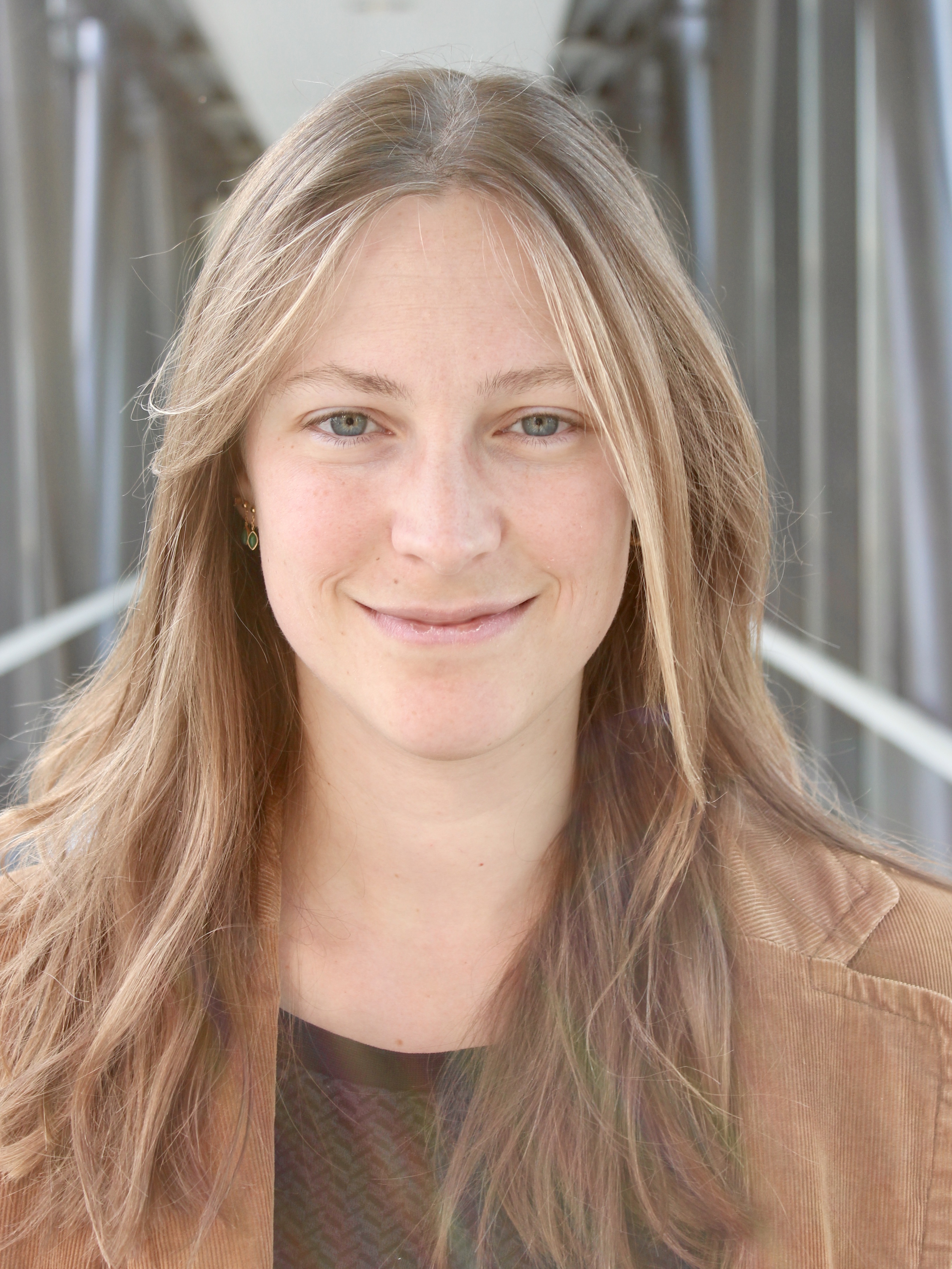ENS PARIS-SACLAY "Dynamic Growth and Shrinkage of the Salmonella-Containing Vacuole Determines the Intracellular Pathogen Niche" Cell Rep. 2019 Dec 17;29(12):3958-3973.e7 http:/doi.org/10.1016/j.celrep.2019.11.049
Stévenin V, Chang YY, Le Toquin Y, Duchateau M, Gianetto QG, Luk CH, Salles A, Sohst V, Matondo M, Reiling N, Enninga J.
Cv
Virginie Stévenin, 29 ans, a effectué ses études au sein du département de biologie de l’ENS de Cachan (Paris-Saclay) et en 2018, elle a soutenu sa thèse sous la direction du Dr. Jost Enninga dans l’unité « dynamique des interactions hôte-pathogène » à l’Institut Pasteur. Lors de ses travaux de thèse, elle a étudié l’invasion des cellules épithéliales par Salmonella. Ses travaux l’ont amené à identifier des critères utilisés par Salmonella pour cibler sa cellule hôte et la nature du premier compartiment cellulaire formé autour de Salmonella. Par la suite, elle a démontré que l’équilibre dynamique entre agrandissement et rétrécissement de la vacuole contenant Salmonella détermine le taux de réplication ainsi que la localisation intracellulaire de cette bactérie. Pour cela, elle a développé une technique d’isolation magnétique afin de caractériser le protéome des macropinosomes formés au cours de l’infection. Cette technique a ensuite été appliquée à l’étude du rôle des macropinosomes lors des infections par Shigella. Ces résultats font l’objet de l’article “Dynamic Growth and Shrinkage of the Salmonella-Containing Vacuole Determines the Intracellular Pathogen Niche”, publié dans Cell Reports. Elle effectue actuellement un stage postdoctoral dans l’équipe du Pr. Sjaak Neefjes (Leiden University Medical Center (LUMC - Pays-Bas) où elle étudie le rôle de Salmonella dans la formation de tumeur du colon.
Contact
Department of Cell and Chemical Biology
Leiden University Medical Center, Einthovenweg 20, 2333 ZC,
Leiden, Netherlands
Cette adresse e-mail est protégée contre les robots spammeurs. Vous devez activer le JavaScript pour la visualiser.
Résumé de l'article
Salmonella is a human and animal pathogen that causes gastro-enteric diseases. The key to Salmonella infection is its entry into intestinal epithelial cells, where the bacterium resides within a Salmonella-containing vacuole (SCV). Salmonella entry also induces the formation of empty macropinosomes, distinct from the SCV, in the vicinity of the entering bacteria. A few minutes after its formation, the SCV increases in size through fusions with the surrounding macropinosomes. Salmonella also induces membrane tubules that emanate from the SCV and lead to SCV shrinkage. Here, we show that these antipodal events are utilized by Salmonella to either establish a vacuolar niche or to be released into the cytosol by SCV rupture. We identify the molecular machinery underlying dynamic SCV growth and shrinkage. In particular, the SNARE proteins SNAP25 and STX4 participate in SCV inflation by fusion with macropinosomes. Thus, host compartment size control emerges as a pathogen strategy for intracellular niche regulation.




